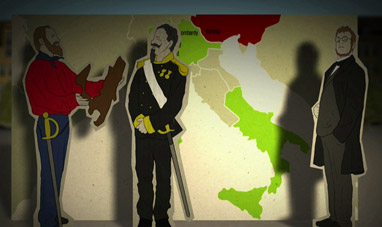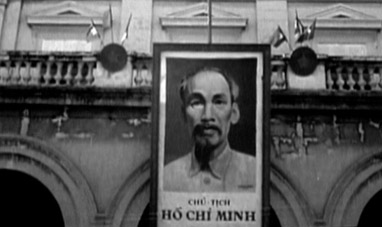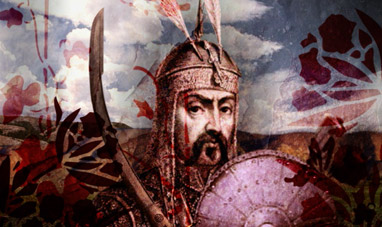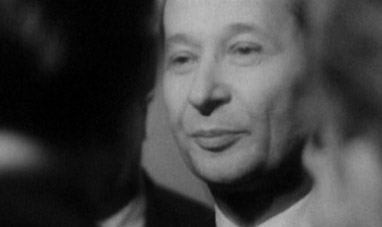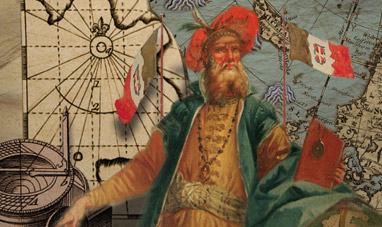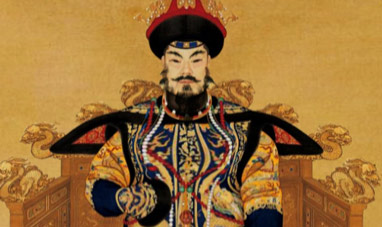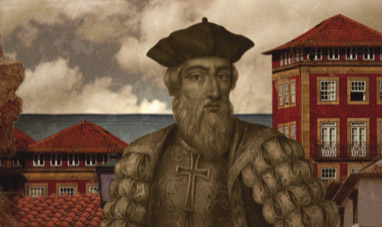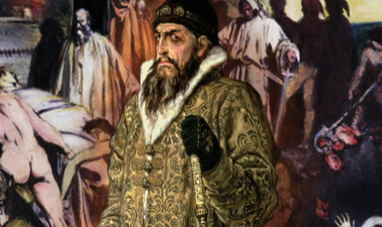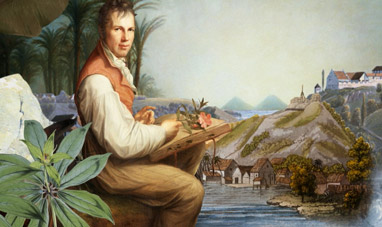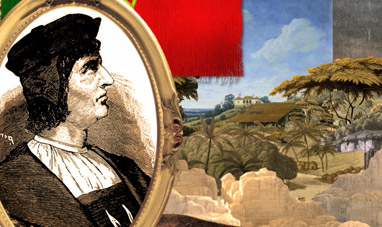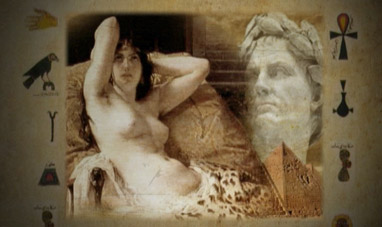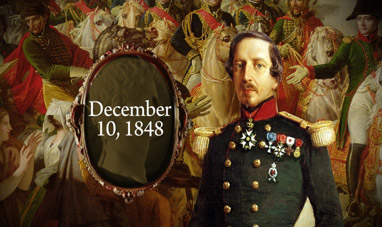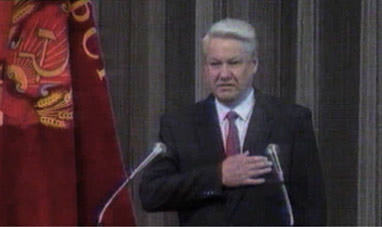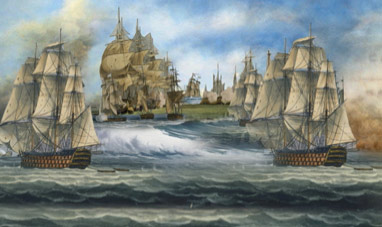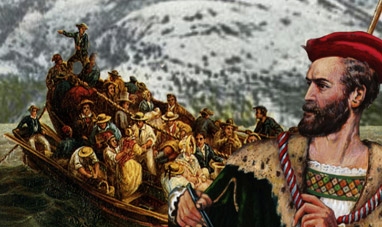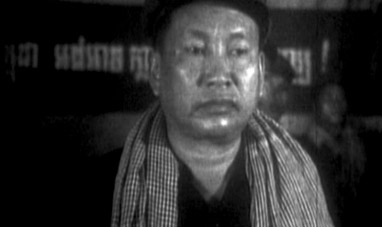Mary Stuart I, who was the Queen of Scotland, was one of the most notable figures of the sixteenth century. Mary Stuart was born on December 8, 1542, in Linlithgow, Scotland. She was the daughter of the Catholic King of Scotland, James V, and the French duchess, Mary of Guise. As the great-niece of the King of England, Henry the VIII, she was next in line for the English throne. A few days after she was born, James V died, and so on September 9, 1543, barely 9 months old, Mary was crowned Queen of Scotland under her mother’s regency. When she was 6, Mary was betrothed to François of Valois, son of the King of France, Henry II. She left Scotland and moved to the prestigious French court in order to receive an education befitting a French queen. On April 24, 1558, Mary married François of Valois. She was 16. The following year François and Mary became King and Queen of France. Around the same time, Mary also came close to becoming the Queen of England. In 1558, Mary’s protestant cousin Elizabeth ascended to the throne. Taking advantage of the religious disputes dividing Europe, Mary reclaimed her right to the English throne, proclaiming herself Queen of England. Elizabeth, however, blocked her efforts.
Ironically, just one year later Mary lost the throne of France as well when her husband François II died from an infection.
For Mary, the only thing left to do was leave France and return to Scotland. There she was Queen, but was unfamiliar with her own country. Mary’s Scottish subjects considered her a foreigner and disliked her immediately. They criticized her refined French education and her Catholic faith, since in her absence the nobles had taken power and voted in favor of Protestantism.
Mary struggled to rule Scotland. In 1565, she was married for the second time to Lord Darnley, who unfortunately proved to be a weak king. In 1567, Lord Darnley was assassinated by Count Bothwell, one of the Queen’s courtiers. Many people suspected that Mary was somehow involved. The Queen responded to the delicate situation by putting personal interests before those of the State, and married Bothwell. The outraged nobles formed an army and Mary was forced to abdicate.
Isolated and on the run, Mary made another ill-advised decision: she asked for protection from her cousin, Elizabeth of England.Elizabeth accepted, but then promptly imprisoned her. Mary remained in prison for around 20 years, during which she never stopped scheming to assassinate Elizabeth. Finally, on October 15, 1586, Mary Stuart was condemned to death, and was decapitated almost four months later, on February 8, 1587. She was 44. A romantic figure par excellence, over the following centuries Mary Stuart inspired many artists: French writer Alexandre Dumas would dedicate a novel to her; Italian composer Gaetano Donizetti an opera; and German poet Fredrich Schiller a tragedy.
Ironically, just one year later Mary lost the throne of France as well when her husband François II died from an infection.
For Mary, the only thing left to do was leave France and return to Scotland. There she was Queen, but was unfamiliar with her own country. Mary’s Scottish subjects considered her a foreigner and disliked her immediately. They criticized her refined French education and her Catholic faith, since in her absence the nobles had taken power and voted in favor of Protestantism.
Mary struggled to rule Scotland. In 1565, she was married for the second time to Lord Darnley, who unfortunately proved to be a weak king. In 1567, Lord Darnley was assassinated by Count Bothwell, one of the Queen’s courtiers. Many people suspected that Mary was somehow involved. The Queen responded to the delicate situation by putting personal interests before those of the State, and married Bothwell. The outraged nobles formed an army and Mary was forced to abdicate.
Isolated and on the run, Mary made another ill-advised decision: she asked for protection from her cousin, Elizabeth of England.Elizabeth accepted, but then promptly imprisoned her. Mary remained in prison for around 20 years, during which she never stopped scheming to assassinate Elizabeth. Finally, on October 15, 1586, Mary Stuart was condemned to death, and was decapitated almost four months later, on February 8, 1587. She was 44. A romantic figure par excellence, over the following centuries Mary Stuart inspired many artists: French writer Alexandre Dumas would dedicate a novel to her; Italian composer Gaetano Donizetti an opera; and German poet Fredrich Schiller a tragedy.




